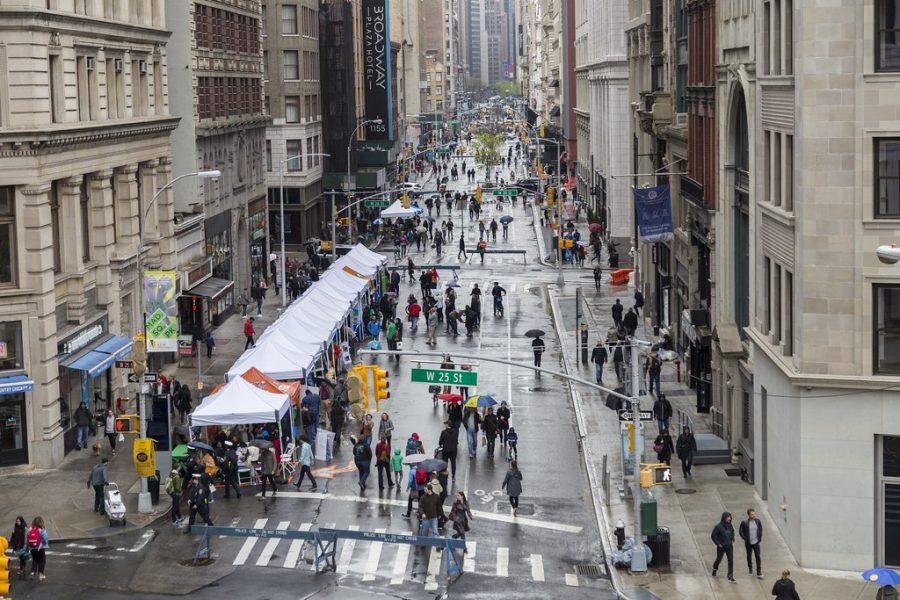New omicron strain threatens a rise in cases
April 15, 2022
A new strain of COVID-19, a subvariant of omicron commonly referred to as BA.2., now makes up majority of new cases in New York City, about 78% according to NYC Health Commissioner Ashwin Vasan.
The omicron sub-variant is 30% more contagious than the original strain that sparked last winter’s outbreak, which is why medical experts suggest the city should be prepared for a potential rapid increase in infections.
Health professionals contend that if another wave starts, the effects will be less damaging compared to previous outbreaks.
A vaccinated population along with new antiviral treatments have significantly contributed to lowering infection and hospitalization rates nationwide.
“This is the weird level of uncertainty that we have right now,” Cornell University professor Dr. Jay Varma said to NY1. “It provides me with some reassurance right now, that we’re not seeing a rapid uptick. But that could change very quickly as it did with the first omicron wave.”
Nonetheless, BA.2. can be devastating for neighborhoods where disparities in vaccination rates are prominent and precautionary measures aren’t routinely executed.
“If we’re seeing differences in masking rates, differences in social distancing, differences in ventilation in lower-income neighborhoods, then you’re likely to see differences in outcomes as well,” CUNY School of Public Health Professor Dr. Bruce Y. Lee said to NY1.
Congress has yet to renew funding for the original COVID-19 spending bill which would include support for vaccine distribution, testing and treatment.
A lack of financial support from the government raises concerns for uninsured Americans who may not be able to get medical assistance because they could get quoted for coronavirus-related care.
There are around 500,000 – 600,000 uninsured New Yorkers that could be stripped away of services such as free city-run testing, in turn exacerbating health inequity.
New York City Mayor Eric Adams asserted that the city will give out over six million rapid tests from mobile sites in the subsequent months.
In the meantime, Adams decided to delay a move to lift mask mandates for students under the age of 5 for at least another week. The mayor’s eventual decision will heavily depend on his health team’s recommendation and the trend of cases in the coming days.
There are several lawsuits and court rulings that are against mask mandates for young New Yorkers. Many parents believe that their children should be able to experience life without face coverings by this stage of the pandemic.
At a recent protest, some New Yorkers urged Adams to lift the mandate, even claiming it isn’t scientifically credible.
But it is a real possibility that New Yorkers will again be advised to wear masks in public spaces if the BA.2. strain continues to spread.
When asked by NBC New York if the new omicron strain has the potential to spark a new wave of cases, CUNY School of Public Health Professor Dr. Ayman El-Mohandes said it is a likely outcome “unless we take more precautions and are more responsible.”
El-Mohandes also acknowledged the misconception that COVID-19 has reached an endemic phase and reassured it is not endemic because of the continuous resurgence of different variants every few months.
Medical professionals suggest that those who haven’t got boosted consider doing so. Many health experts also advise New Yorkers to wear masks in public and keep rapid tests on standby to maintain the safety of themselves and those around them.
The city has not changed its alert level to medium, but it is likely to change “in a matter of weeks” if cases continue to increase, according to Dr. Vasan.
“Cases are definitively rising and it’s gotten our attention,” Dr. Vasan said. “It’s time for preparation, not panic.”







